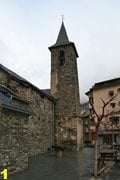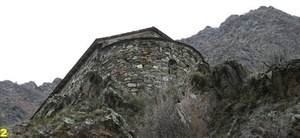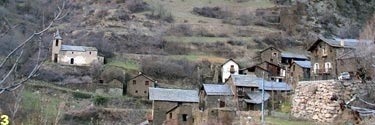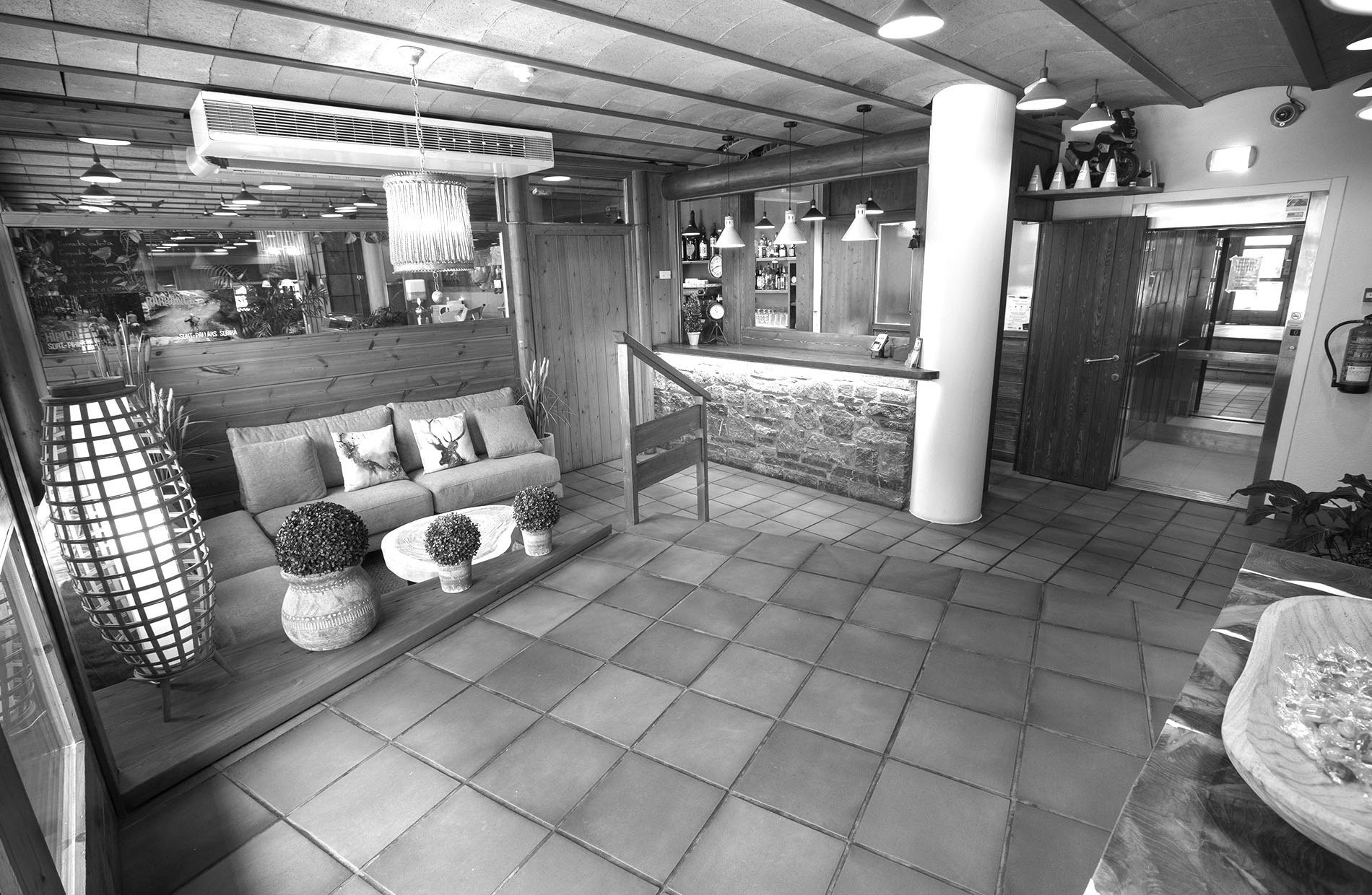Not all routes should include any of those buildings that by themselves would justify the visit. The Catalan Pyrenees often hide corners so far from civilization that it is not surprising that the constructions that we find there are of great structural simplicity and were erected with minimal resources. But what is lost in majesty is gained in recollection and scenic beauty, with which nature and art complement each other to give us a unique spectacle. La Vall Ferrera is one of those cases.
Better known for being the access road to the Pica d'Estats, which at 3,143 meters is the highest peak in Catalonia, it does not fail to offer interesting buildings to those who are curious about rural Romanesque art. Its name derives from the Catalan “ferro” (iron), which attests to the extraction of this mineral in past times, but the last forge closed in 1874 with which one of the main means of subsistence in the region disappeared forever. Life was never easy and the lack of means was not enough to build more ambitious constructions such as those of the Vall de Cardós (route 5) or those of the Vall d'Àneu (route 3).


The churches and hermitages that we will find on the route are small in size and are scattered throughout the territory, either in the mountains or in small rural towns. The route begins in Alins de Vallferrera, where we will have arrived from Llavorsí. The church of
Sant Vicenç (photo 1), a building completely renovated in the Baroque period, preserves the lower body of the bell tower from the Romanesque period. Very close to there, on a hill that dominates the valley, the hermitage of
Sant Quiri (photo 2) invites you to take a short walk through the countryside. It was restored in two interventions, the first in 1986 and the second the following year.

We will leave the L-510 and enter the Noguera de Tor valley. The old forest track has been paved until shortly after the intersection with the road that leads to Norís. In this town is the church of
Sant Serni (photo 3) that we can visit now or when we return from Tor, at the end of the track, where the church of
Sant Pere (photo 4) is located, one of the oldest in the valley . In summer there are usually no problems accessing the place, but in the rainy season or in the middle of winter not all vehicles are suitable. In any case, a 4×4 will always avoid compromising situations.
We have returned to the L-510 and headed north. A short distance from Alins, on the right as you go towards Àreu, next to the Noguera de Vall Ferrera is the chapel of
Santa Maria de la Torre (photo 5), a building that has been fully restored over the years. the last two decades in successive interventions. Our last visit is a little further north, in La Força d'Àreu, where the
church of Sant Feliu (photo 6) stands, restored in the 1980s by the Associació pel Patrimoni de la Vall Ferrera.
Source: Romanico en route
Link: http://ow.ly/pgrQC







